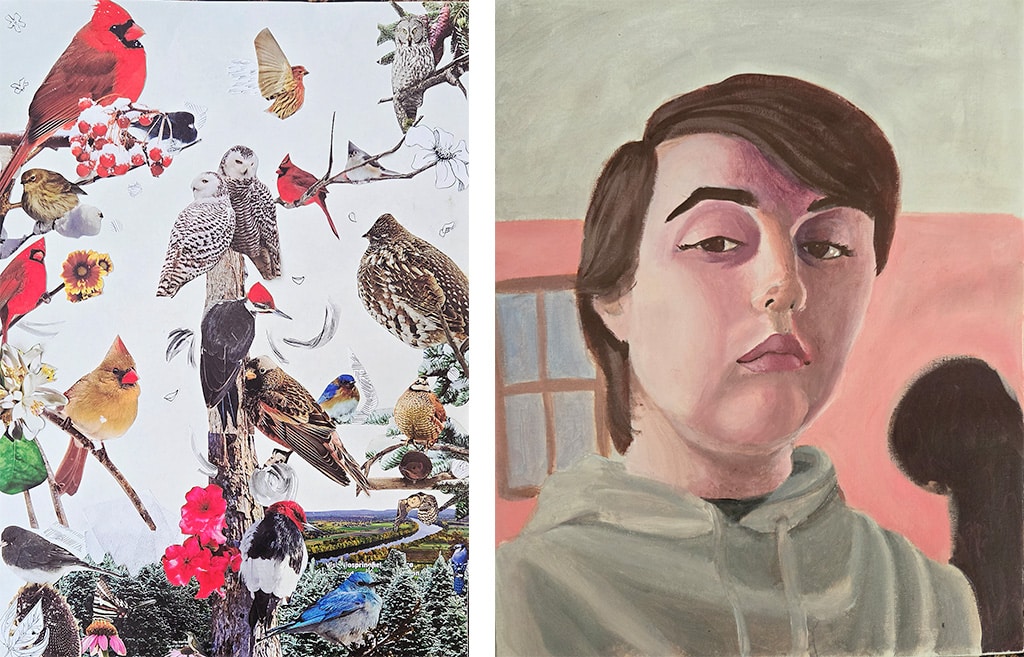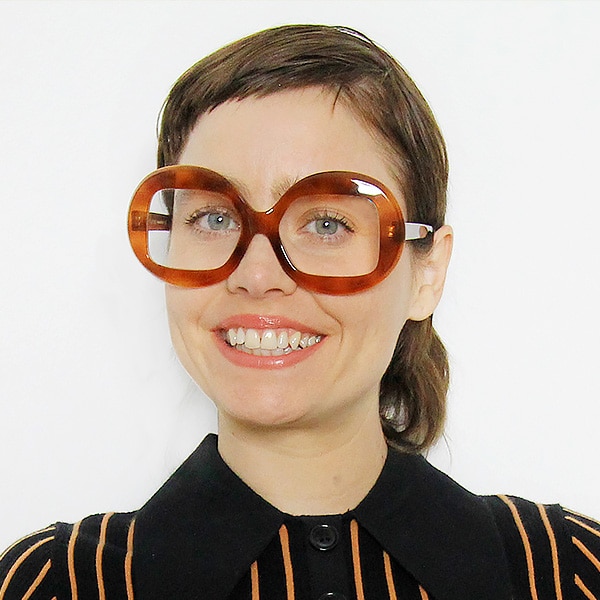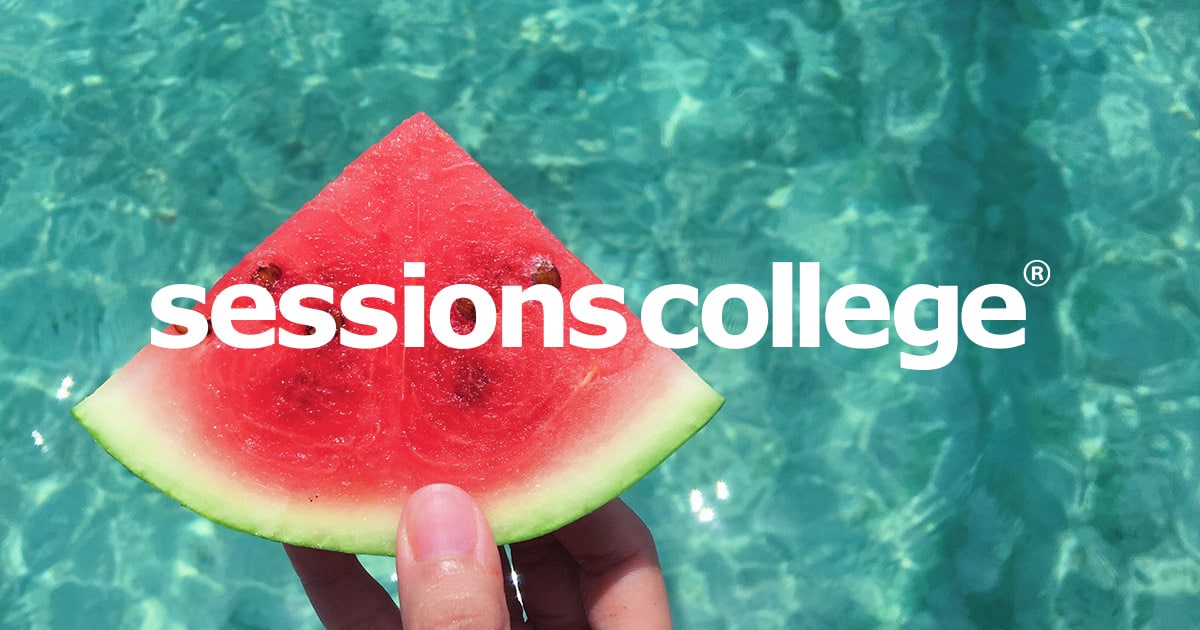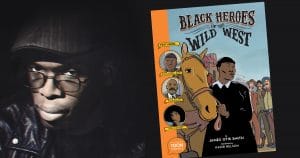For the Love of Art and Family

In this interview, Roncarati reflects on how she balances her coursework with her personal commitments, the value of setting clear priorities, and the freedom that a flexible learning environment provides. Through this balance, she continues to grow as an illustrator, building a practice that’s as rooted in love and purpose as it is in craft and design.
What initially attracted you to pursue a BFA in Illustration? Were you exploring other creative mediums before deciding on illustration?
I never really had an idea of what I wanted to do for work, but I knew that I loved art. When I was younger, it was just comments from friends and family about how I’ll be an artist someday. In middle school, I wanted to be a lawyer with a degree in psychology. I think I wanted this in the hope of finding a stable, lucrative career. However, after attending a career fair as part of a school field trip, I was impressed by a college that showcased its arts program, specifically demonstrating drawing on a tablet.
I had never seen that done in real life before, and it truly amazed me. When I went back home that day I knew that I really wanted to be in the art field. There are a lot of different paths in art, and I sort of rushed into illustration as it was my passion.

How do your illustration skills intersect with your other interests or disciplines? For example, do you incorporate elements from different fields into your art?
Art is currently my main focus. Whether it’s schoolwork, studying, or personal projects, I find that I don’t have time for many other disciplines. My other interests, such as shows with beautiful 2D animation or games featuring stunning pixel art and designs, already intersect with my passion for art. Because I concentrate mainly on art, I’ve started to see it in various ways and places in my daily life. I often think about whether certain design choices are effective and consider the reasons behind them. I also take photos for inspiration, which further enriches my artistic perspective.
You didn’t have much digital art experience before starting the program. What has it been like learning tools such as Adobe Creative Cloud and adjusting to a fully online environment?
Learning how to use and understand Photoshop and Illustrator has been a big step for me. I had a drawing tablet that I used years ago when I first got it with a free trial for another drawing program, but once it ended, I sort of stopped doing any digital art.
Not only have I learned how to draw with these programs, but I have also learned how to use them well. One of the most important realizations I had while working with these programs is that I was thinking about them the wrong way. In my Illustrator class, I was trying to use the brush tool just like in Photoshop, but I eventually realized that I was using the program wrong. This realization helped me improve my work on the program and helped me start thinking in terms of shapes rather than lines.
It was an important shift towards fundamentals and understanding the uses and benefits of these programs. Being fully online has been an adjustment from in-person schooling; there are different ways of doing things. One of the most important things is to be proactive in reaching out and asking for help from the instructor. Once you do this, you can learn more deeply from them, as you would in person.

Many students juggle multiple responsibilities while studying. How do you balance coursework with personal projects or other commitments?
When it comes to juggling school and other commitments, it can depend on the project. Some classes have assignments that, for me, are easier and quicker, while others have taken me weeks to complete, including all the components and making sure I am making it as professional as I can. In addition to being a full-time student and working in an internship for school, I also work part-time. Spending time with family is also something I make sure to include in my free time. It’s a lot at once, and sometimes it can be hard to manage, but the most important thing is to prioritize.
It helps to prioritize by asking myself: “What’s more important to get done—this assignment or my personal art for myself?” In that case, working on school assignments is more important. Sometimes you have to make some tough decisions and compromises, and sometimes you can lose track of time for an assignment if your schedule is not organized. Online college helps me to juggle all my obligations—and for that I am grateful.
Are there particular themes or messages you’re passionate about exploring in your illustration work?
One of the themes that I always return to is family. Stories, media, and shows—those that involve family are the ones I drift towards the most, especially found-family stories. It reminds me of how amazing my family is. Love as a general theme is a very strong one as well, though I don’t always find myself drifting towards these themes in art as much as I do in story.

What has been the most valuable or surprising lesson you’ve learned about the field so far?
I learned a lot of interesting information about the illustration industry, including some contradictory points. For example, I’ve been told how important it is to keep your portfolio focused on a specific niche, while others, including an employer of mine who hired me as a designer, said he looks for diversity in style and work.
All this information is true at the same time; you just need to learn how to balance it and create portfolios for specific companies and employers. You have to wear a lot of hats, have extensive knowledge, and be very flexible and proactive in acquiring new knowledge and staying up to date with industry trends.
Looking ahead, how do you see yourself combining your illustration skills with other passions or career goals?
I’ve certainly shifted my focus from illustration to more of graphic design, but one of the things I love most about the art field is how flexible you can be. For example, I love it when illustration is strongly incorporated into product design and packaging; it makes it more fun to look at, and also makes me want to keep the box. If you have a product that your customers don’t want to throw away, you know you did something right. But at the same time, I can use these skills for more individual projects, like children’s book illustration, rather than corporate jobs, and do both at the same time.
Illustration provides an understanding of the design principles and fundamentals used in all other art fields and helps give you a taste of the various styles and varieties of art. Another lesson that I have learned is how important it is to have a goal in mind, the more specific, the better. But I think, just out of college, it’s okay to have a looser goal—mine is to find a job within the industry first. It doesn’t matter as much what it is, and sometimes you even fall into a niche that many people want to hire, but just having somewhere to start is important to me.
To find out more about our illustration courses and programs, visit our illustration hub. Check out our Student Gallery, and schedule a meeting with our Admissions team to find out about our tuition, financial aid, scholarships, and more.

Madison Stratford is the Associate Director of Education at Sessions College, where she is dedicated to creating meaningful, intersectional learning experiences. As an Intermedia artist, Madison utilizes textiles, new media, and AI to explore themes of hyperreality and hegemony. Read more articles by Madison.
RECENTLY ON CAMPUS





